How can I put a static text in QLineEdit in Qt C++ so that it can not be deleted and when I write to QLineEdit, it should not be spaced.
-
Could you provide an example of usage? I can't get what should happen with the static text when you type new text. – Ezee Dec 05 '14 at 08:43
-
1Are you talking about a Prefix/Postfix String thats always present? – Sebastian Lange Dec 05 '14 at 08:51
-
for example: the qlineedit is used for putting weight so I want at the end of the line edit to be written: kg – Programming Dec 05 '14 at 09:03
2 Answers
There is no regular way to put a prefix or postfix in QLabel.
Placeholder
As far as you can get with QLineEdit is to set a text which will be displayed when there is no text indide - see QLineEdit::placeholderText.

InputMask
Another way to do it with QLineEdit is to set inputMask but it will change a cursor and will require a specific amount of letters.

Postfix with QLabel
If you know maximum amount of symbols and want to make a postfix, you can get it with another QLabel:
1. Limit length of the text to have a certain free space at right.
2. Place QLabel to the right side of the QLineEdit and enter a postfix text into it.
NOTE: you won't be able to put QLabel on QLineEdit in QtDesigner if the QLineEdit is inside of a layout. In this case you can add QWidget instead of QLineEdit in the layout and put QLineEdit and QLabel within this widget which doesn't have a layout. Also you can create QLabel in the code:
QLabel* label = new QLabel(this);
label->setText("kg");
label->move(lineEdit->rect().right() - label->width() - 3, lineEdit->rect().center().y() - label->height() / 2);

Custom Widget
Most flexible way to add a postfix and a prefix is to create a new class inherited from QWidget add two QLabels (prefix and postfix) info it, add QLineEdit between them and use css to make them look like a single QLineEdit.

On this image: Prefix and postfix are QLabels. _some_text_ is QLineEdit named lineEdit and all of them are inside a QWidget named complexLineEdit in a horizontal layout.
Here is a css I used for the image above:
QWidget#complexLineEdit
{
border-top: 1px solid #CCCCCC;
border-left: 1px solid #DDDDDD;
border-right: 1px solid #DDDDDD;
border-bottom: 1px solid #DDDDDD;
background-color: white;
}
QWidget#complexLineEdit QLineEdit#lineEdit
{
border: 0px;
}
You can play with it to make it even more similar to QLineEdit.
- 4,214
- 1
- 14
- 29
-
-
I mean postfix text. Use regular `text` property. Added css and screenshots of all choices. – Ezee Dec 05 '14 at 09:37
-
-
-
1Create QLabel in QtDesigner or in the code and "Place QLabel to the right side of the QLineEdit". – Ezee Dec 05 '14 at 09:55
-
I would just dynamically re-add the suffix after each text change.
My answer is in Python, but hopefully you get the idea behind it and it can help users from the future.
def __init__(self):
...
# Connect the .textChanged signal of your QLineEdit to the method below.
self.ui.weight_le.textChanged.connect(self.enforce_line_edit_suffix)
...
def enforce_line_edit_suffix(self):
"""This method parses the QLineEdit text and makes sure the desired suffix is there."""
text = self.ui.weight_le.getText()
if not text.endswith("kg"):
self.ui.weight_le.blockSignals(True) # Prevent recursive calls to this method.
self.ui.weight_le.setText(text + "kg")
self.ui.weight_le.blockSignals(False)
Alternatively, if you need several QLineEdits to behave like that, you could use:
def __init__(self):
...
# Connect the .textChanged signal of your QLineEdit's to the method below
# and force the "suffix" parameter.
self.ui.weight_le.textChanged.connect(lambda: self.enforce_line_edit_suffix(suffix="kg"))
self.ui.bias_le.textChanged.connect(lambda: self.enforce_line_edit_suffix(suffix="V"))
self.ui.capacitance_le.textChanged.connect(lambda: self.enforce_line_edit_suffix(suffix="µF"))
...
def enforce_line_edit_suffix(self, suffix):
"""This method parses the QLineEdit text and makes sure the desired suffix is there."""
line_edit = self.sender() # A reference to which QLineEdit triggered the method.
text = line_edit.getText()
if not text.endswith(suffix):
line_edit.blockSignals(True) # Prevent recursive calls to this method.
line_edit.setText(text + suffix)
line_edit.blockSignals(False)
For extra safety, we could also imagine checking whether the text (once stripped of the suffix) contains only +-.,0123456789, otherwise your user could type 1.23 kgkg and that would still work.
- 4,407
- 3
- 12
- 28